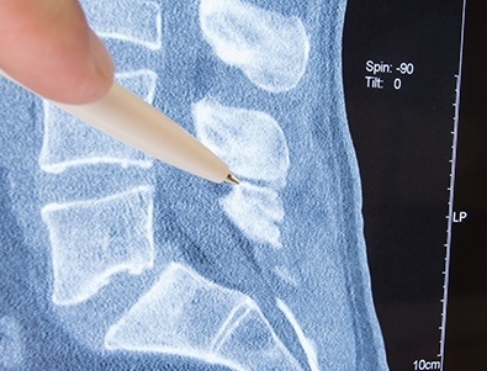Nerve Hydrodissection Glastonbury
An End to Nerve Pain

Pain from pinched or trapped nerves can be debilitating. Once they leave the spine, most nerves pass between, around, and in some cases, directly through muscles on their way to their final destination. But when some of those muscles become too tight, either because of spasm or injury, they can squeeze the nerves. This starts to cut off the nerve’s blood supply, causing a wide variety of possible symptoms including pain, altered sensations (such as numbness, tingling, burning, etc.), and weakness. Conservative soft tissue treatments such as physical therapy and massage therapy may help, but when these options fail, what’s the next step? For most, surgery is a last resort, but we’re able to offer an effective alternative, nerve hydrodissection in Glastonbury at the New England Stem Cell Institute.
Why Choose New England Stem Cell Institute for Nerve Hydrodissection?
- Non-Invasive Treatment for Nerve Pain
- Only Takes a Few Minutes
- Can Help Relieve Chronic Back, Neck, & Shoulder Pain
What is Nerve Hydrodissection?

Nerve hydrodissection is a simple, safe treatment where the doctor injects a special solution around the nerve (but not into the nerve) to ease the pressure from the surrounding muscles and separate it from the surrounding tissue, fascia, or adjacent structures. This is all done under direct ultrasound guidance to help ensure accuracy and safety.
How Nerve Hydrodissection Treatment Works

At the New England Stem Cell Institute, we use a combination of an IV fluid known as “D5W” (5% dextrose in water) with a very small amount of anesthetic. The weak sugar helps heal inflammation in the nerve. In some stubborn cases, a solution of platelet-derived growth factors (from PRP) or other OrthoBiologic agents is used instead of IV fluid to promote better healing. Most of the time, the treatment is either painless or minimally uncomfortable when done properly.
What Conditions Can Nerve Hydrodissection Treat?

Conditions that are commonly treated by nerve hydrodissection include:
- Carpal tunnel syndrome
- Tarsal tunnel syndrome
- Cubital tunnel syndrome
- Thoracic outlet syndrome
- Neck, shoulder, & upper back pain (e.g., brachial plexus entrapment)
- Joint pain
- Some cases of sciatica
At the New England Stem Cell Institute, we’re experts in nerve hydrodissection techniques. We’ve been doing them longer than the vast majority of practices in the U.S. In fact, we were personally trained by the physician who invented the technique!
Nerve Hydrodissection FAQs
Does Nerve Hydrodissection Have Any Risks?
Nerve hydrodissection is very safe for most patients, particularly when it is administered by a well-trained medical practitioner. Our team uses ultrasound guidance to ensure that the injections go exactly where they will have the maximum benefits.
The ingredients used in nerve hydrodissection injections are well-tolerated by most patients. However, it is worth noting that there is no such thing as a totally risk-free medical treatment. A small portion of patients have encountered issues like swelling and infections at their injection sites.
If you believe you are experiencing severe side effects after nerve hydrodissection, you should contact us immediately. We will work to identify the cause of the issue and solve it as quickly as possible.
Is There Any Downtime after a Nerve Hydrodissection Treatment?
There is no downtime required after a nerve hydrodissection session. You should be able to resume your daily activities immediately following your appointment.
Since the treatment involves the use of a local anesthetic, your injection site may remain numb for a few hours after you leave our office. When the anesthetic wears off, you may notice a dull ache in the area, which could last for a few days.
When Will I Notice the Results?
Every case is unique. Some patients experience a big reduction in pain within 2 – 3 weeks after their initial appointment. If your course of treatment requires multiple trips to our office, you might notice improvements at the 3- and 6-month marks.
In some instances, we can combine nerve hydrodissection with other therapies so patients can enjoy pain reduction and increased mobility as soon as possible.
Does Medical Insurance Cover Nerve Hydrodissection?
Nerve hydrodissection is widely accepted in the medical community as an effective treatment for trapped nerves. Therefore, many health insurance policies are willing to cover it. Our team can walk you through the process of using your benefits to reduce your out-of-pocket costs.
If your procedure is not covered by insurance, talk to us about your other payment options. We strive to be upfront with our pricing information and do all we can to help patients afford necessary care.
